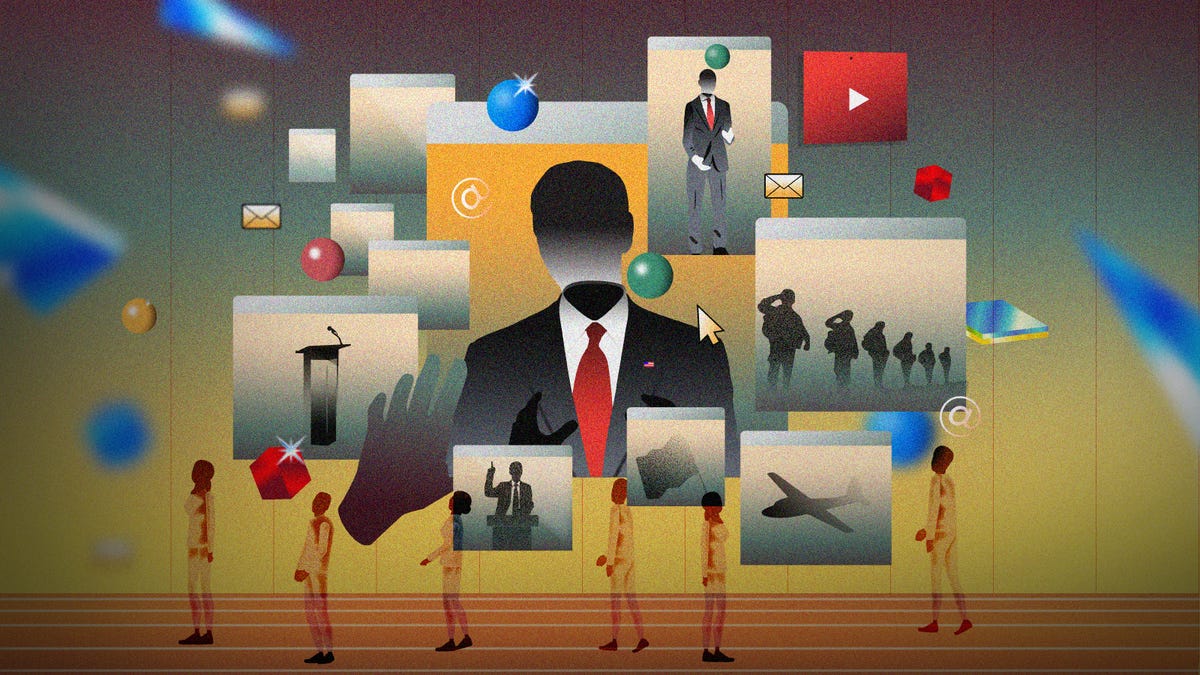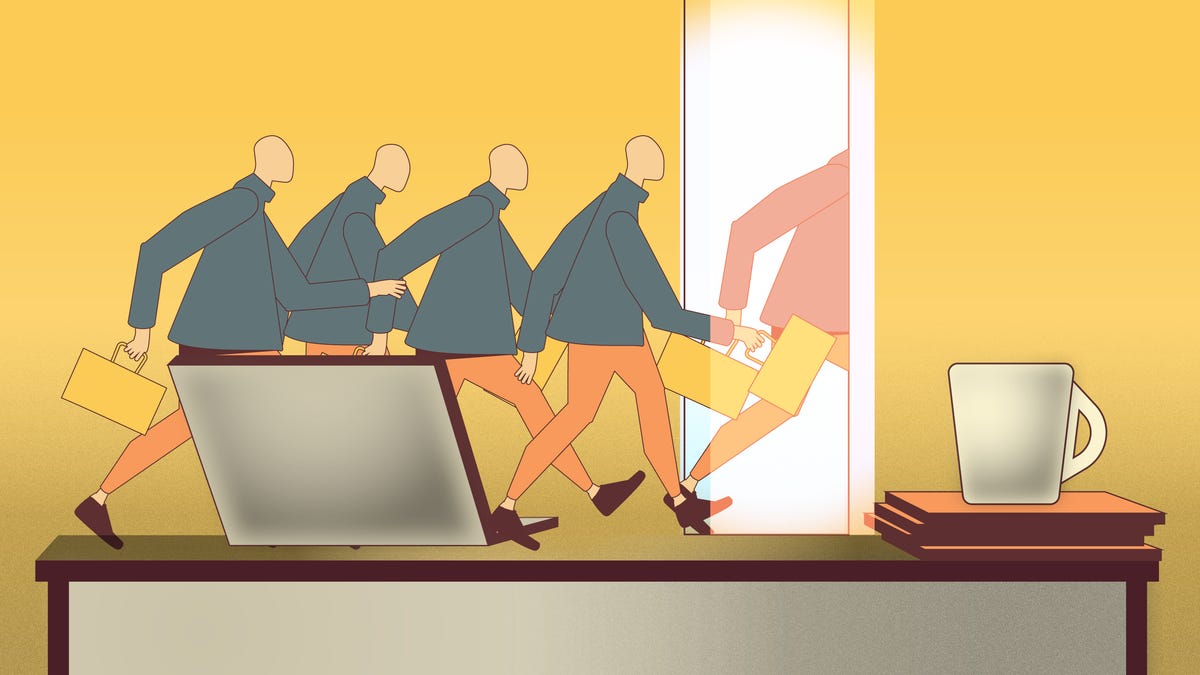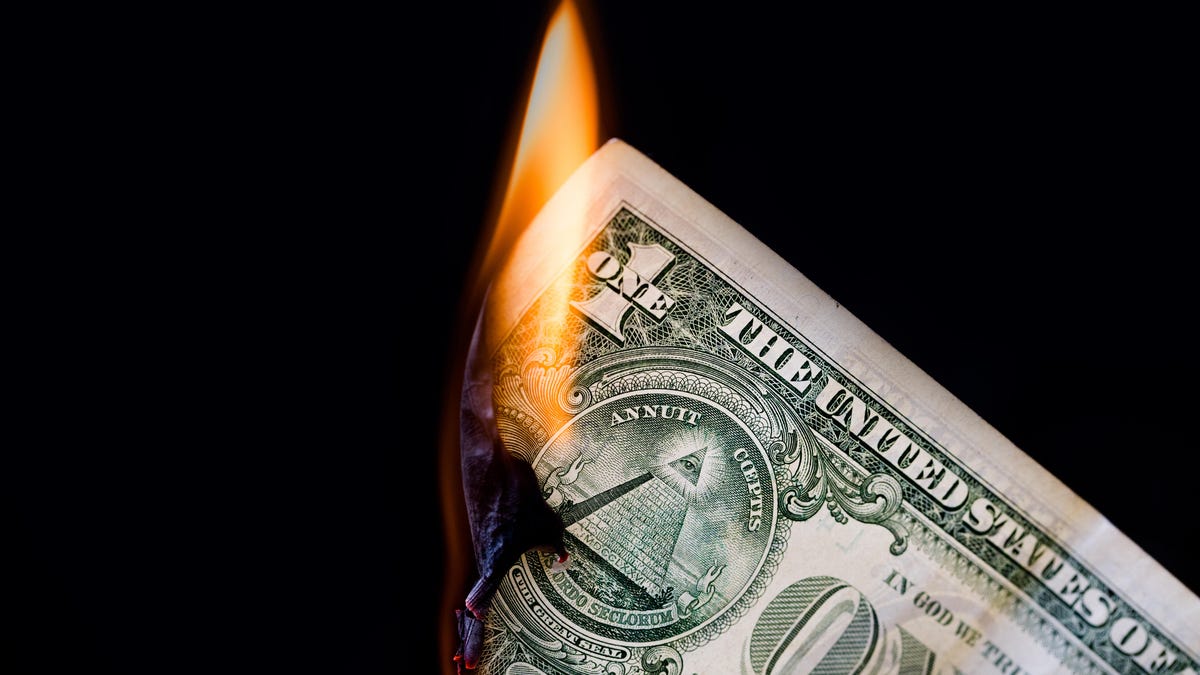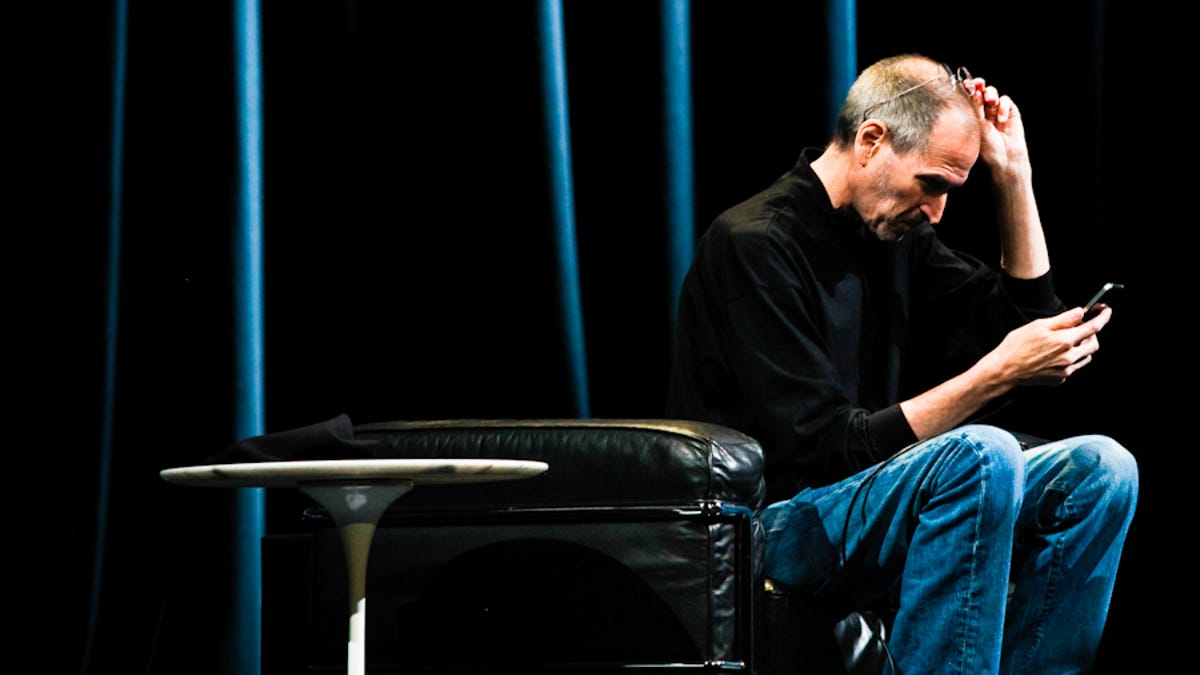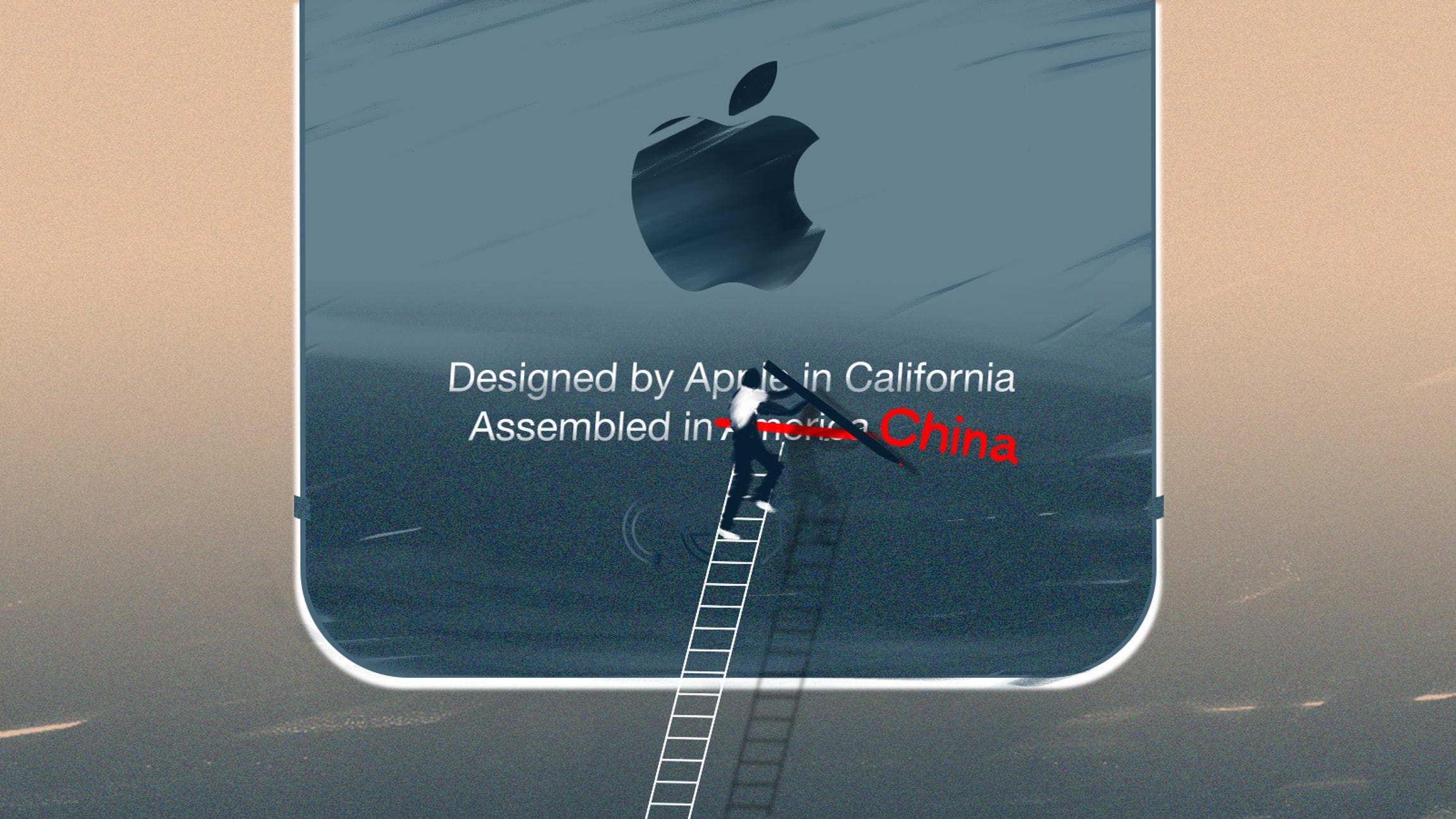By Ian Sherr
The last straw for Heather was Elon Musk’s attacks on Anthony Fauci, one of the world’s most respected immunologists and the outgoing director of the National Institute of Allergy and Infectious Diseases. For Logan, it was when Musk ordered employees to stop paying Twitter’s bills to vendors for services they’d already rendered.
For Tom, Musk’s corrosive and unstable leadership of Twitter since he bought the social media site at the end of October was just too much.
And when each of them called to cancel their Tesla car preorders or to terminate their car leases over the past few months, saying Musk’s toxic behavior was the reason, each heard pretty much the same thing from the Tesla salesperson on the other end of the line: “We’re hearing a lot of that.”
For the past two months, Musk, 51, has been managing Twitter as its new owner and CEO, after paying $44 billion to buy the company. Now it seems the toll of his chaotic leadership style, while also increasingly splitting his time, is wearing on his other companies. The world’s second-richest person is also CEO of electric car manufacturer Tesla and rocket maker SpaceX.
On Sunday, Musk initiated a poll asking users whether he should step down as CEO of Twitter. When voting closed 12 hours later, 57% of 17.5 million accounts tallied said he should go. Musk responded that he plans to resign as CEO “as soon as I find someone foolish enough to take the job!” He added, though, that he plans to stick around, overseeing the software and servers teams. As Twitter’s primary owner, he’ll also likely have an outsized say in how the company’s run.
If Musk’s tenure as CEO may be drawing to an end, it comes after his work over the past couple months was punctuated by his outspoken embrace of extremist right-wing reactionaries, his attacks on former staff from marginalized communities, his spreading of homophobic lies about an attack on the husband of Speaker of the House Nancy Pelosi and his haphazard pronouncements of new policies at one of the world’s most influential communications platforms.
Twitter is no longer a publicly traded company, but Tesla is. And investors there are not happy.
Tesla’s shares have plummeted more than 44% since the deal was finalized Oct. 27, with Musk reportedly pulling engineers from projects at the carmaker to help keep Twitter running after he unceremoniously fired half of Twitter’s employees a week into his takeover. Some big name advertisers, who account for nearly 90% of Twitter’s sales, have bailed. Those who’ve spoken publicly say his corrosive behavior, in addition to poorly planned changes to the site that led to a proliferation of fake accounts, are too much. (Musk has separately blamed unnamed “activists” for pressuring companies to cut back spending.)
This week, analysts began warning investors of the toll it was all taking. On Monday, Oppenheimer was among the first major analyst firms to issue a downgrade for Tesla’s stock, CNBC reported, rating it at “perform” from “outperform” before. On Tuesday, Evercore ISI slashed its 12-month price target for Tesla stock by a third, cutting it to $200 from $300. Analysts at Daiwa Capital Markets reportedly marked their target even lower, at $177, citing a “higher risk profile from the Twitter distraction.”
Tesla’s stock has sunk more than 19% just this week, even though Musk on Thursday said during a public interview that he hadn’t missed “a single important Tesla meeting” since taking over as Twitter CEO. Still, he promised to spend more time working at Tesla again, saying the car maker was “a far more complex beast” to manage.
At the same time, Tesla has made increasingly aggressive offers to convince would-be customers to jump in. Tesla offered at least one customer a nearly $4,000 credit by phone. In early December, the company added a note to its website offering $3,750 and 10,000 free Supercharging miles to people willing to take delivery of a new Model 3 sedan or Model Y crossover cars by the end of the year. On Wednesday, the company bumped that offer up to $7,500.
Musk has sold nearly $40 billion worth of his Tesla shares to help fund Twitter, even as an estimated $1.2 billion interest payment comes due over the next year. The South African entrepreneur’s personal fortune has dropped by about half, to $140 billion, according to Bloomberg’s Billionaires Index, which tracks real-time net worth of the world’s richest people.
And the man who loves to create memes and hashtags has become the subject of many, with detractors calling him out with #ElonTheSnowflake, #ElonIsDestroyingTwitter and #ElonMuskIsaGiantTurd. Last week, the Twittersphere dubbed him “Space Karen” for pulling the plug on a Twitter’s Spaces discussion after he failed to answer questions by some of the journalists who he’d banned temporarily from the site after they wrote stories about him he didn’t like.
“His personality is absolutely tanking the Tesla brand,” said Heather, a biotech executive who’s nearing the end of her lease for an extended-range Model S. “I’m looking forward to having an Elon-free existence.”
Heather and other Tesla owners have increasingly been telling family, friends and posting on social media that they no longer want to be associated with him. More than a dozen accounts have tweeted seeming cancellations for Tesla cars in response to the billionaire’s tweets, often to mocking responses from Musk defenders.
Three customers whose lease payments were finishing or were about to take delivery on a car spoke with CNET on the condition of anonymity because they worried that they might be harassed online and, potentially, in real life by the online mobs that endorse Musk and are now emboldened to say whatever they want on his platform. CNET gave them pseudonyms for this story and in one case changed the gender of a Tesla customer because they were so concerned about the possible backlash. They have good reason to be worried.
Yoel Roth, Twitter’s former head of trust and safety, and his family were forced to flee their home for fear of their physical safety, the Washington Post reported, after Musk attacked him in a series of tweets. Musk misrepresented Roth’s academic writing about sexuality and children, which led to a flood of harassment and threats toward the Twitter executive, his family and professors who reviewed his earlier work. (Roth resigned from Twitter after Musk declared himself “chief twit,” making clear he’d be calling the shots rather than deferring to trust and safety teams focused on “principled development.”)
Ultimately, those online mobs, have added complexity to the swirl of emotions people have around Twitter, Musk and Tesla. For example, Logan, a Tesla Model 3 lessee from southern California who works in real estate services, was drawn to Tesla and its battery-powered cars because he didn’t want to support oil companies and also because he really liked the car. “It’s comfortable and it drives great.”
But Musk’s behavior since taking over Twitter, including his short-lived defense of rapper Kanye West’s antisemitic comments disparaging Jews and praising Nazi leader Adolph Hitler, was too much.
“I don’t want to support a company or anyone who acts that way,” Logan said.
Tom, a former Tesla investor who owned a car and had put down a deposit with SpaceX’s Starlink satellite internet service, said he’s walking away from endeavors by Musk’s companies altogether.
Once impressed with Musk and his businesses, Tom now says of Musk that he’s “the worst troll in my feed.”
“If he wants to be CEO of social media company, he should really focus on that and let this other company go,” Tom added. “If he stepped down from Tesla, I would definitely reconsider keeping the car.”

